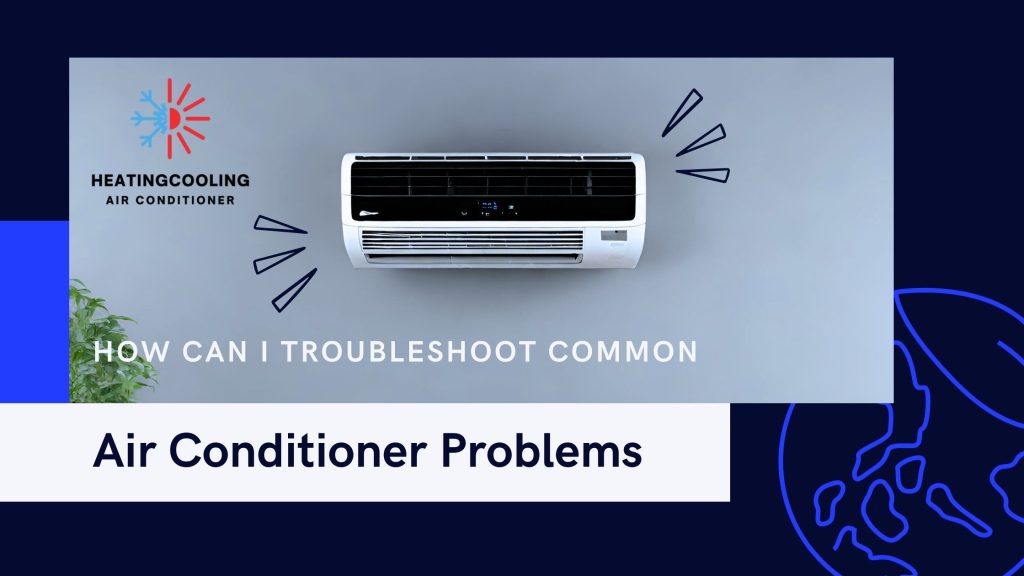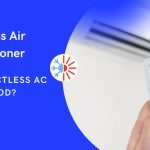Air conditioning systems are a vital part of our lives, especially during the scorching summer months. However, like any other mechanical system, air conditioners can encounter problems from time to time. It can be frustrating to have your AC malfunctioning, especially when you need it the most. But fear not! In this article, we will guide you through troubleshooting common air conditioner problems, helping you diagnose and fix issues without the need for professional assistance.
What Is The Most Common Issue With Ac?
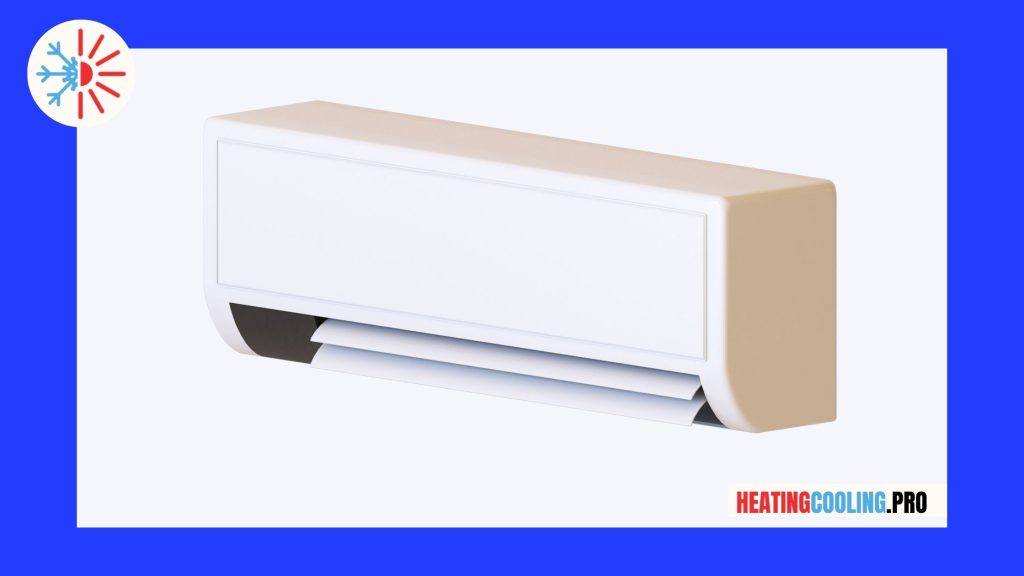
The most common issue with AC is improper installation. Improper installation can lead to a host of other problems, such as refrigerant leaks, compressor failure, and coil corrosion. If your AC is not installed properly, it will not work efficiently and may even cause damage to your property. it’s important to hire a qualified professional. A professional installer will have the experience and knowledge to properly install your AC and ensure that it functions properly. They will also be able to advise you on the best type of AC for your needs and budget. If you are considering installing a new AC, it’s important to research the different types of AC available and find a qualified professional to install it for you.
How Do I Troubleshoot My Air Conditioner Not Cooling?
If your air conditioner is not cooling, there are a few things you can do to troubleshoot the problem. The first step is to check to make sure that the air conditioner is turned on. If it is turned on, check to make sure that the thermostat is set to the desired temperature.
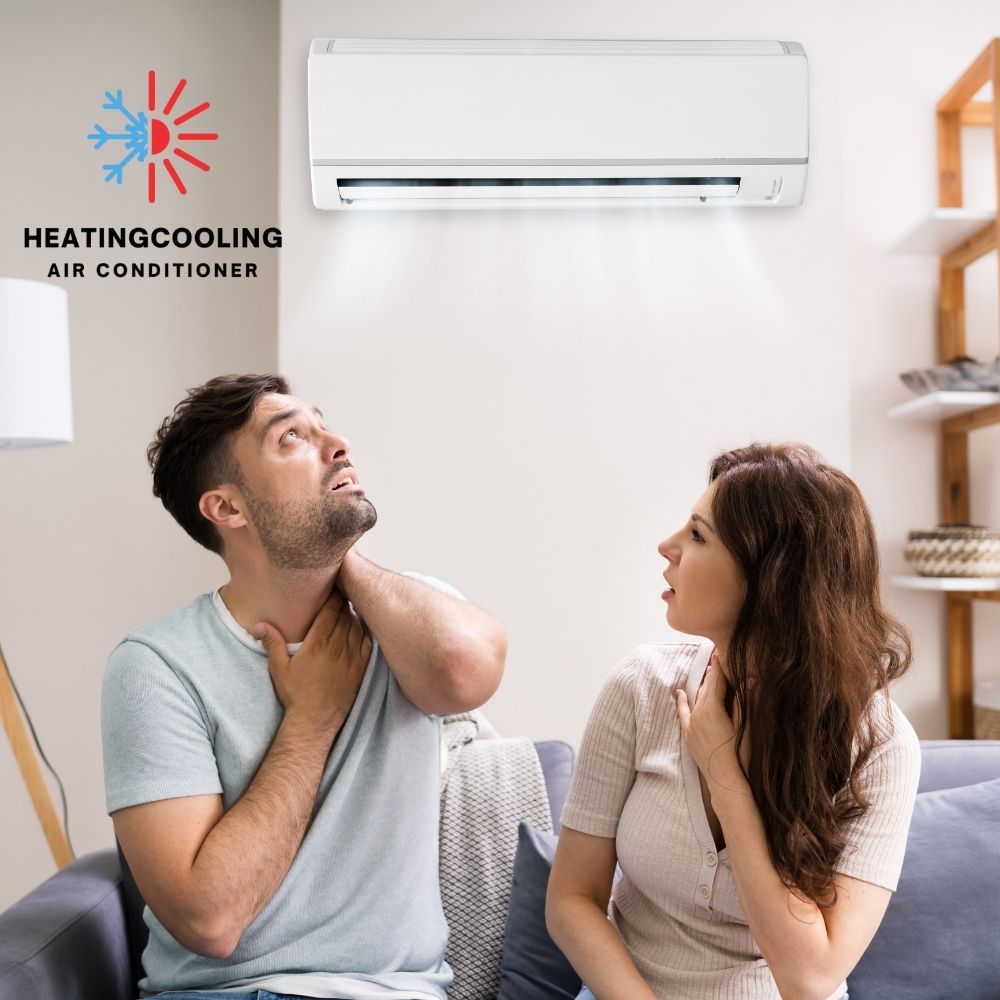
If the air conditioner is turned on and the thermostat is set to the desired temperature, there are a few other things you can check to troubleshoot the problem. Check to make sure that the filters are clean and that the air conditioner is not blocked by anything. You can also check to see if the air conditioner is running in the correct mode.
If the filters are clean and the air conditioner is not blocked by anything, and the air conditioner is running in the correct mode, the next step is to check the refrigerant level. If the refrigerant level is low, the air conditioner will not be able to cool the room. The refrigerant level can be checked by looking at the sight glass on the air conditioner. If the level is low, the refrigerant will need to be added.
What Is The First Step In Diagnosing And Air Conditioning System Problem?
The first step in diagnosing and air conditioning system problem is to determine the symptoms. This will help you to determine the cause of the problem and fix it. Some of the most common symptoms of an air conditioning system problem are:
- The system is not cooling the house sufficiently
- The system is cooling the house too much
- There is a strange noise coming from the AC unit
- The AC unit is not turning on
- The AC unit is leaking water
Once you have determined the symptoms, you can begin to diagnose the problem.
Lack of Cooling
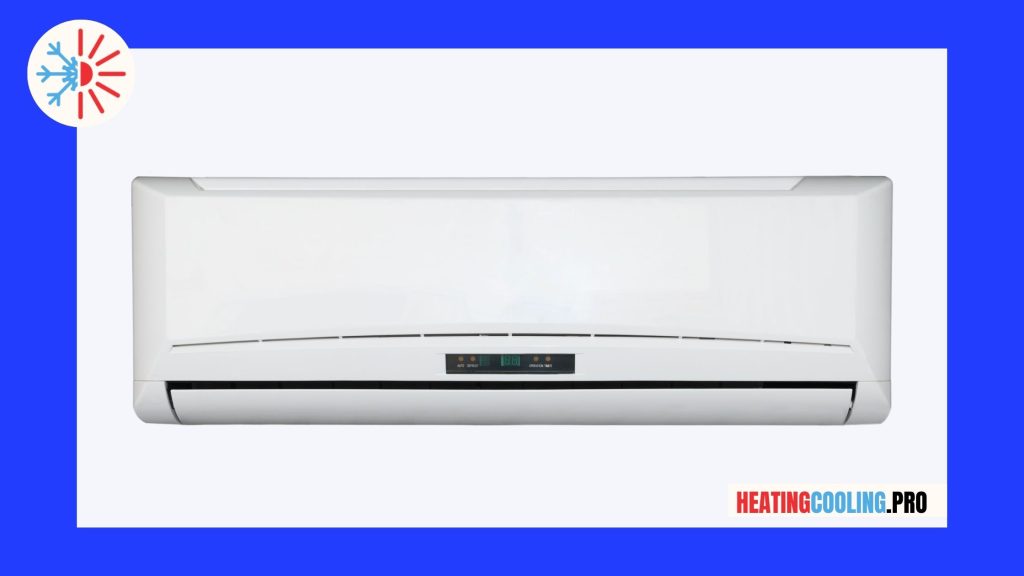
One of the most common problems with air conditioners is a lack of cooling. If you find that your AC is blowing warm air instead of cool air, there are several potential causes you can investigate:
- a. Thermostat Settings: Start by checking your thermostat settings. Ensure that it is set to the cooling mode and that the temperature is set lower than the room temperature.
- b. Dirty Air Filters: Dirty air filters can restrict airflow and reduce cooling efficiency. Check your air filters and clean or replace them if necessary. It is recommended to clean or replace air filters every 1-3 months.
- c. Refrigerant Leak: Refrigerant is responsible for cooling the air in your AC system. If there is a refrigerant leak, it can significantly reduce cooling performance. Look for any signs of oil stains or refrigerant leaks around the AC unit. If you suspect a leak, it is best to contact a professional HVAC technician for repair.
- d. Condenser Unit Issues: The condenser unit, located outside your home, plays a crucial role in the cooling process. Check if the condenser unit is clean and free from debris. Clear away any leaves, dirt, or obstructions that may restrict airflow.
- e. Compressor Problems: The compressor is responsible for compressing the refrigerant, and any issues with it can affect cooling. If you hear strange noises coming from the outdoor unit or notice that it is not running, it may indicate a compressor problem. In such cases, it is advisable to seek professional help.
- f. Insufficient Insulation: Poor insulation can allow warm air to enter your home, reducing the effectiveness of your AC. Check for any gaps around windows, doors, or ductwork and seal them properly.
Uneven Cooling
If your air conditioner is not cooling your entire home evenly, you may be dealing with an airflow problem. Here’s what you can do:
- a. Dirty Evaporator Coil: The evaporator coil absorbs heat from the air, and if it becomes dirty, it can restrict airflow. Inspect the coil and clean it using a soft brush or a vacuum cleaner. Be careful not to damage the delicate fins.
- b. Blocked Vents: Ensure that all vents and registers are open and not blocked by furniture or other objects. Obstructed vents can disrupt the airflow and lead to uneven cooling.
- c. Ductwork Issues: Check your ductwork for leaks, loose connections, or blockages. Sealing any leaks using duct tape or mastic sealant and ensuring proper insulation can improve airflow and balance the cooling throughout your home.
- d. Incorrect Fan Settings: Some air conditioners have multiple fan settings. If your AC has a “fan-only” mode, make sure it is not turned on. This mode circulates air without cooling it, resulting in uneven cooling.
AC Not Turning On
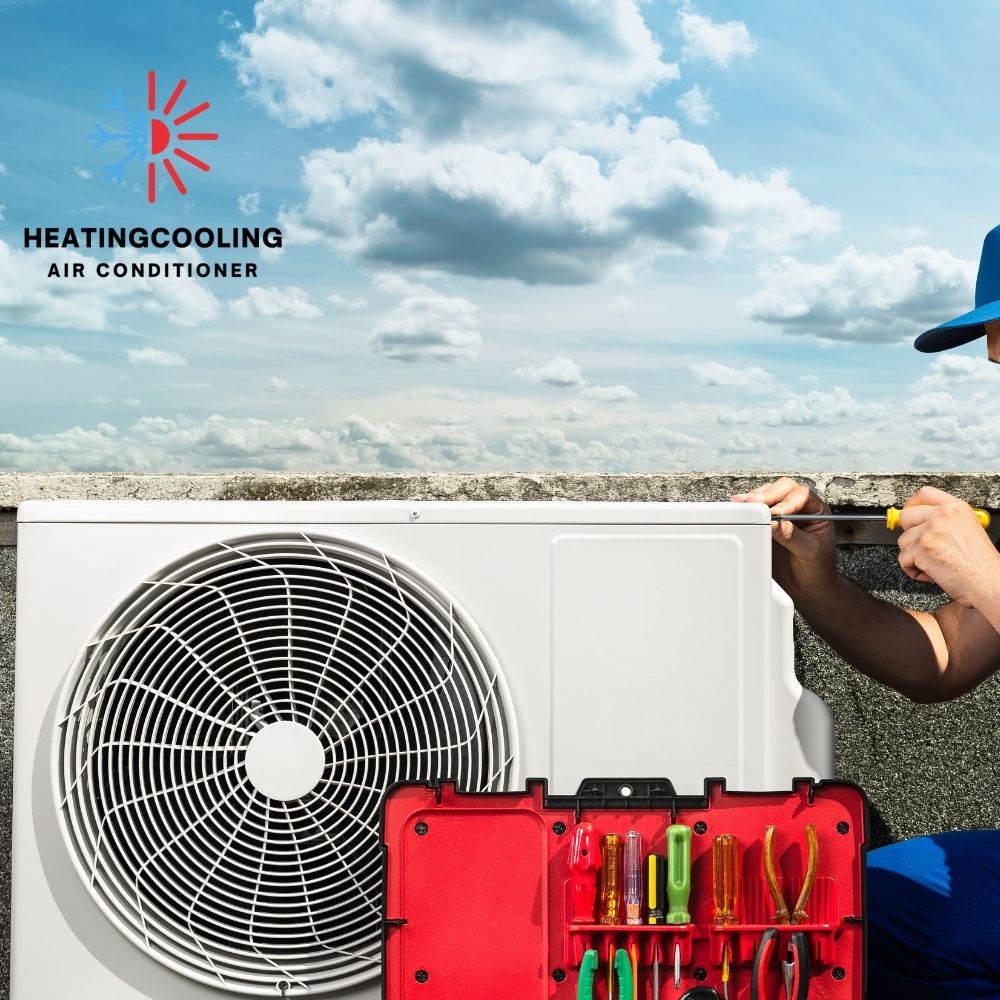
If your air conditioner fails to turn on, it can be due to several reasons:
- a. Power Supply Issues: Start by checking the power supply. Ensure that the AC unit is properly plugged into a working electrical outlet. Also, check the circuit breaker or fuse box to see if a tripped breaker or blown fuse is the culprit.
- b. Faulty Thermostat: Check if your thermostat batteries need replacement or if the thermostat itself is malfunctioning. Try replacing the batteries or resetting the thermostat to see if it resolves the issue.
- c. Wiring Problems: Loose or damaged wiring can prevent your AC from turning on. Inspect the wiring connections and look for any signs of frayed or burnt wires. If you are uncomfortable working with electrical connections, it is best to call a professional.
- d. Capacitor Failure: The capacitor stores an electrical charge to start the compressor and fan motors. If the capacitor is faulty, the AC may not turn on. A professional technician can test and replace the capacitor if needed.
Strange Noises
Unusual noises coming from your air conditioner may indicate underlying problems. Here are some common noises and their possible causes:
- a. Grinding or Screeching: These noises often indicate a problem with the fan motor or the blower wheel. Turn off the AC immediately and contact a professional technician to avoid further damage.
- b. Banging or Clanking: Loose or broken components, such as a motor mount or a compressor problem, can cause these noises. It is crucial to have a professional inspect and repair the issue to prevent further damage.
- c. Clicking: Clicking sounds during startup or shutdown are normal. However, if you hear constant clicking or rapid clicking, it may indicate an electrical issue. Schedule a professional inspection to diagnose and resolve the problem.
- d. Hissing or Bubbling: These sounds are often associated with refrigerant leaks. If you suspect a refrigerant leak, turn off the AC and contact an HVAC technician immediately. Refrigerant leaks can be hazardous and require professional attention.
AC Cycling On and Off Frequently
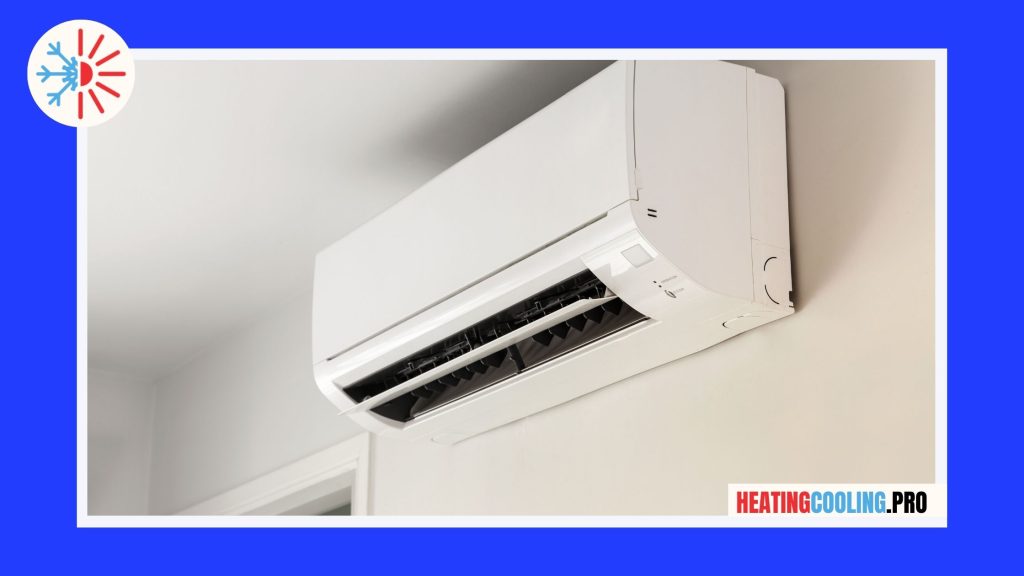
If your air conditioner cycles on and off frequently, it can be a sign of an underlying problem:
- a. Dirty Condenser Coils: Over time, condenser coils can accumulate dirt and debris, reducing their efficiency. Clean the coils carefully using a coil cleaner and a soft brush to improve performance.
- b. Refrigerant Issues: Low refrigerant levels or improper refrigerant charge can cause the AC to cycle frequently. If you suspect refrigerant problems, it is essential to hire a professional to assess and fix the issue.
- c. Thermostat Location: Ensure that your thermostat is not exposed to direct sunlight or placed near any heat sources. Heat can cause the thermostat to read inaccurate temperatures, leading to frequent cycling.
- d. Oversized or Undersized AC: A unit that is too large or too small for your space can cause frequent cycling. Consult with an HVAC professional to ensure that your AC is the right size for your home.
Conclusion
In conclusion, troubleshooting common air conditioner problems can help you save time and money. By following the steps outlined above, you can identify and resolve many issues yourself. However, it is crucial to remember that certain problems may require professional expertise. If you are unsure or uncomfortable with any aspect of troubleshooting, it is always best to contact a trained HVAC technician for assistance. Regular maintenance and professional inspections can also prevent future problems and ensure optimal performance of your air conditioning system. Stay cool!
